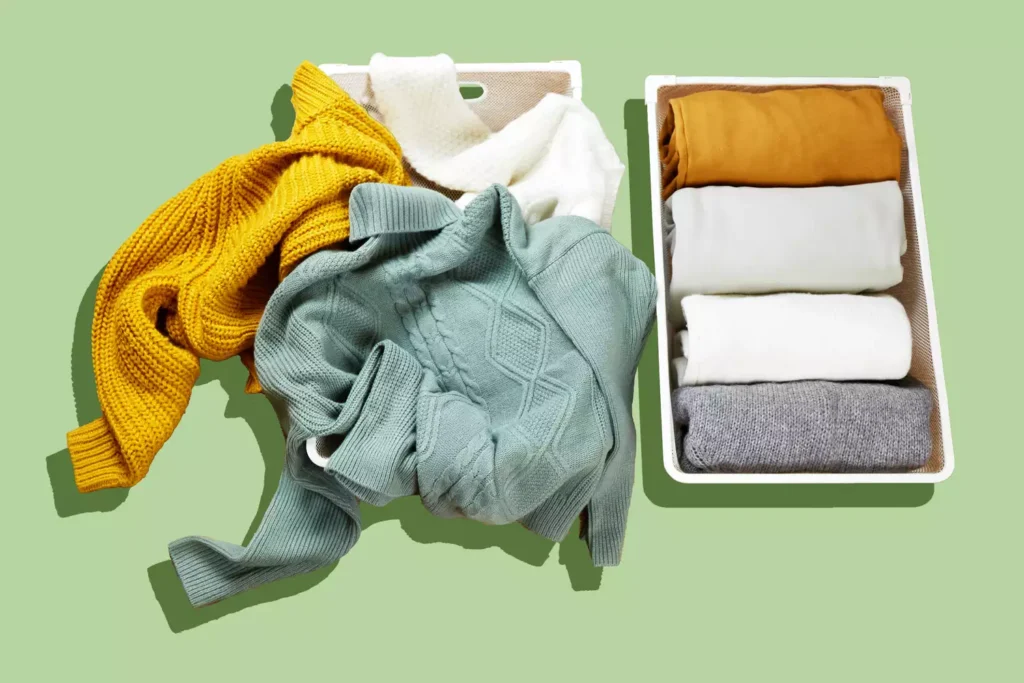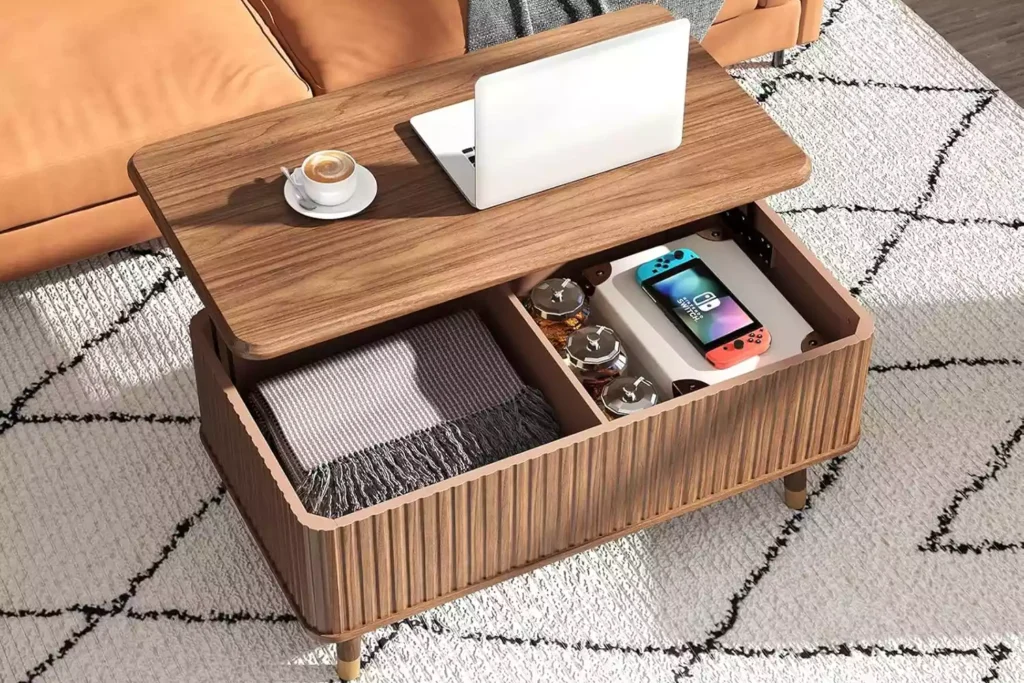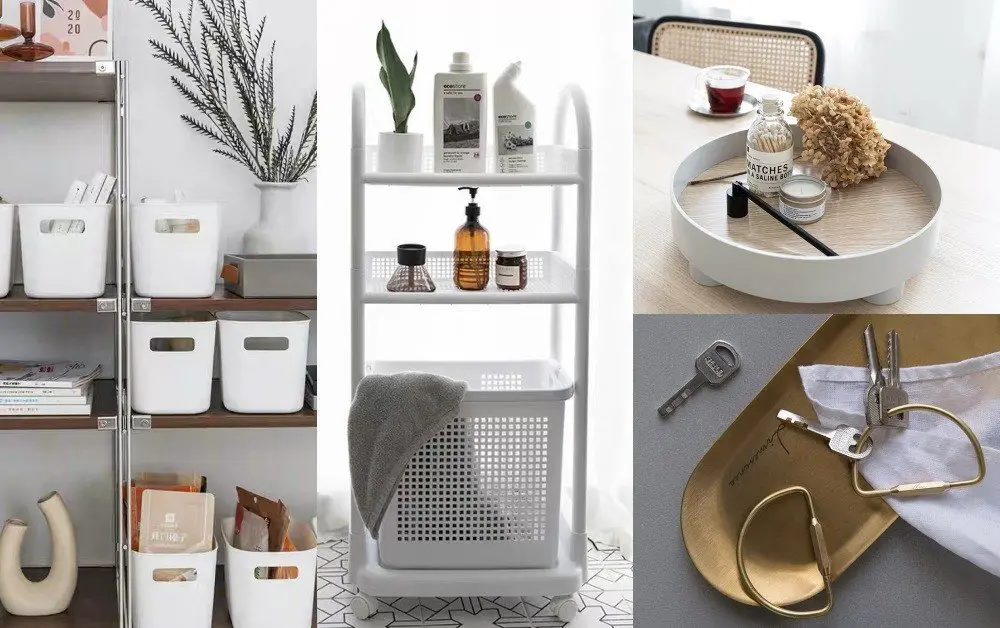Plastic bins, while seemingly perfect for storing most items due to their impermeability, are not suitable for everything. They protect against flooding, moisture, and pests, but some items can be damaged when stored in plastic. Here’s a list of items you shouldn’t store in plastic bins, along with tips for choosing alternative storage options.
1. **Leather**: Leather goods should not be stored in plastic as it can stick and become damaged. Moisture trapped with leather can cause cracking.
2. **Photos**: Heat and moisture in plastic containers can cause photos to stick, fade, or get damaged. Look for archival-quality photo storage containers that are acid-free to prevent degradation.
3. **Electronics**: While plastic containers might be okay for sensitive electronics in a controlled environment like a bedroom closet, they can lead to damage in areas with temperature and moisture fluctuations. Add silica gel packets to reduce moisture damage.
4. **Clothing and Fabric**: Storing out-of-season clothes in plastic bins, especially delicate materials like cashmere or silk, is not recommended due to the risk of mold, odors, or stains from heat and moisture buildup.
5. **Important Documents**: Essential documents should not be exposed to moisture or sunlight in clear plastic bins. Choose breathable storage options like fabric, wood, or canvas containers.
6. **Chemicals**: Storing chemicals in plastic bins can lead to dangerous reactions if the bin is in an area prone to temperature fluctuations or if chemicals leak.
7. **Food**: Using plastic to store food, whether leftovers or pantry items, can be problematic. High temperatures can cause chemicals in the plastic to leach into the food, especially when reheated.
Are Clear Pantry Storage Containers Actually Worth It?
So while we’re not saying never. If you do want to use plastic containers to store your food, you should opt for those labeled microwave-safe before you pop them in your microwave. Also check that your plastic food containers are intended for reuse, rather than single use. Just like human food, pet food stored in plastic containers could end up with trace amounts of the plastic in the food itself. Upgrade to a metal food-safe container to minimize the risk. Anything wet or damp is not great to store in a plastic bin with a lid, as this will trap moisture and create mold. Let damp or wet items dry out before storing them, or opt for a breathable storage bin material. Storing batteries in a way that allows them to roll loose creates the danger that they will contact each other or another metal object, and start to short circuit. That will lead to the batteries losing energy at best—and could potentially be a fire hazard at worst, especially if the plastic container can melt. A plastic bin will trap moisture and microbes in with your shoes, which can result in mold, damage, or odor. Choose shoe boxes or storage bins that allow air to flow around your shoes to minimize the possibility of damage. Even if you’re storing something that’ll do fine in a plastic bin, be aware of how environmental factors could impact the items. ‘Sunlight can get through and cause more damage in a clear bin,’ Hord says. Opaque bins can help protect the things that may become sun-faded. Temperature can also be a factor, especially in allowing chemicals from the plastic to leach into the items you’re storing. While plastic may protect from pests and additional moisture getting in, it isn’t protective of temperature changes—and studies have found that plastic at higher temperatures can leach bisephenol A into the food or drinks stored within it. If you are concerned about moisture gathering in a plastic container, you can opt for plastic containers without lids or with vents to allow for airflow—or put in desiccants like silica gel to help control moisture in them. There are plenty of other storage products you can use to store items more safely. Hord suggests using materials like leather, cane, rattan, seagrass, metal, wood, felt, and canvas. You may even want to consider recycled plastics that are made into a fabric material, for a nice happy medium between plastic and other materials. These Are the Best Organizing Products From IKEA, According to Experts. Was this page helpful?Thanks for your feedback!Tell us why!OtherSubmitSourcesReal Simple is committed to using high-quality, reputable sources, including peer-reviewed studies, to support the facts in our articles.Understanding the effects of temperature on Bisphenol A (BPA) levels in bottled drinking water is crucial for ensuring the safety and quality of our drinking water. A research article titled “Influence of Temperature on the Quantity of Bisphenol A in Bottled Drinking Water” by Ginter-Kramarczyk, Dobrochna, Joanna Zembrzuska, Izabela Kruszelnicka, Anna Zając-Woźnialis, and Marianna Ciślak, published in the International Journal of Environmental Research and Public Health, provides valuable insights into this topic. The study, which can be accessed via the DOI link: https://doi.org/10.3390/ijerph19095710, was conducted in the 19th volume, issue 9, and was published on May 7, 2022. This research provides a comprehensive analysis of how temperature influences the presence of Bisphenol A in bottled water, which is an important factor for consumers and manufacturers alike to consider. For further accuracy and reliability, our editorial guidelines ensure that all content is fact-checked. Learn more about our fact-checking process by reading our editorial guidelines.


